USB-C
Charges most newer laptops and will soon be the standard for all new tech, including new IPhones.
Sorting your cables doesn’t have to be a hassle! Use our easy guide to help you quickly identify, decide and recycle those old cables you no longer need.
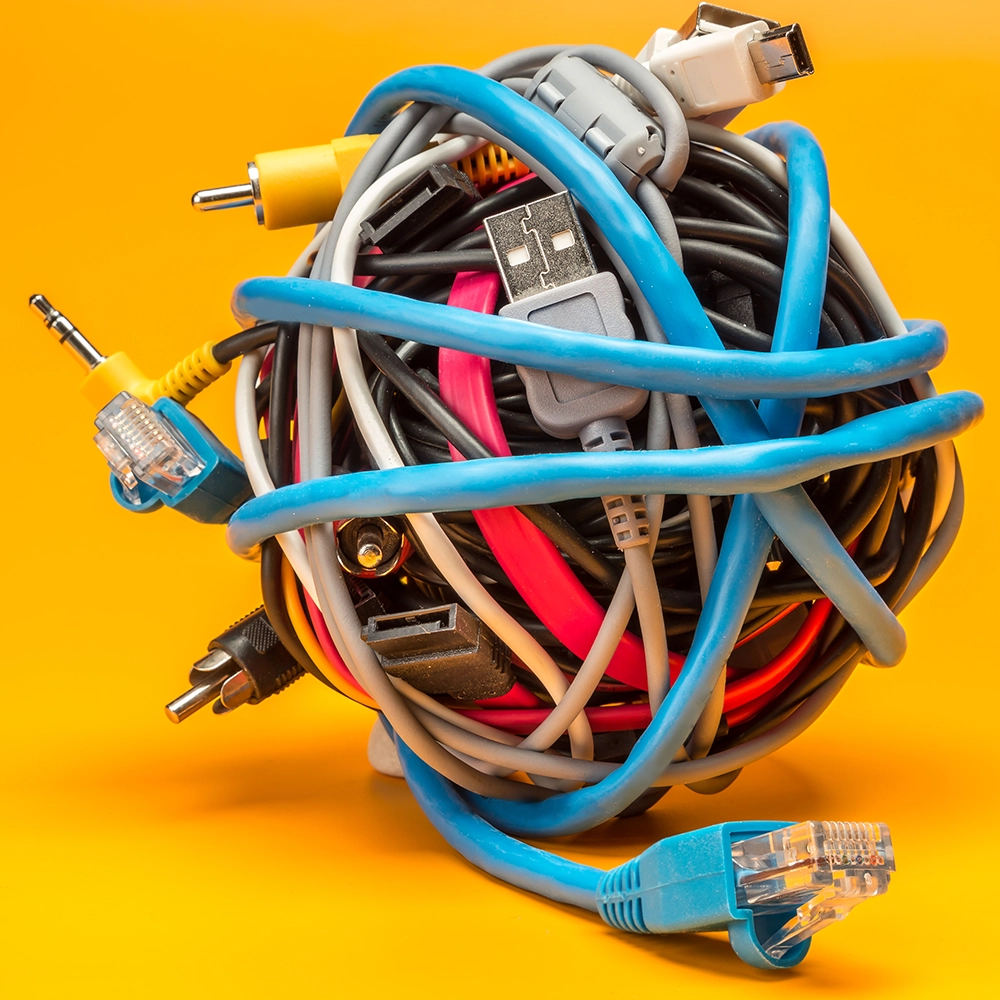
Holding onto multiples of the same cables? Keep hold of 2 or 3 spares, and recycle the rest!
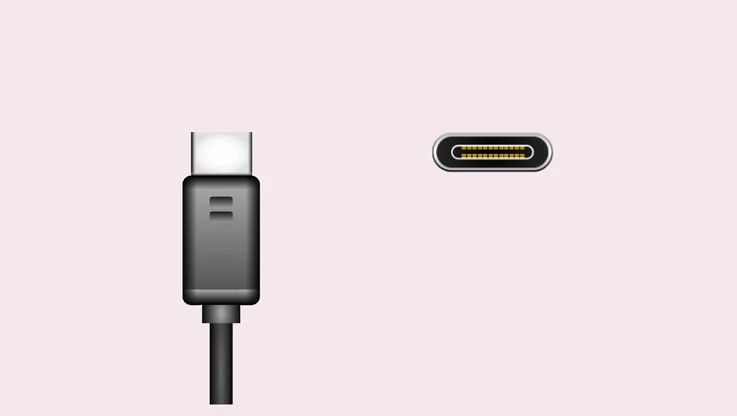
Charges most newer laptops and will soon be the standard for all new tech, including new IPhones.
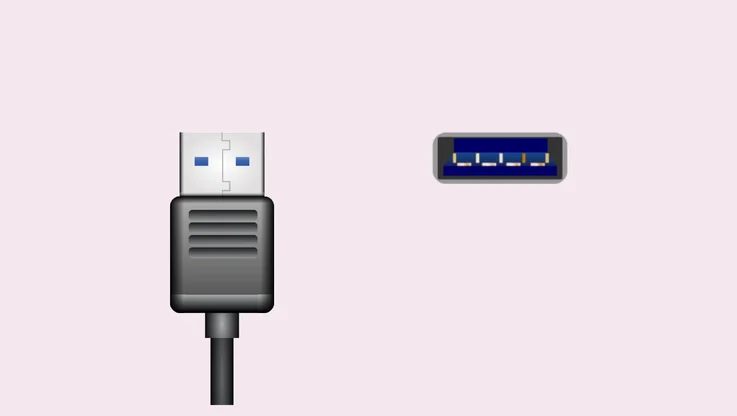
Charges PC laptops. With the introduction of USB-C, they are gradually being replaced.
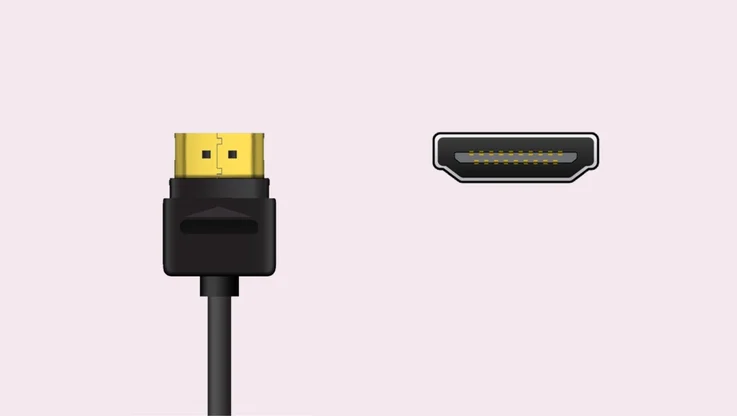
Connects your laptop or computer to a display device (e.g. monitor, projector or TV).
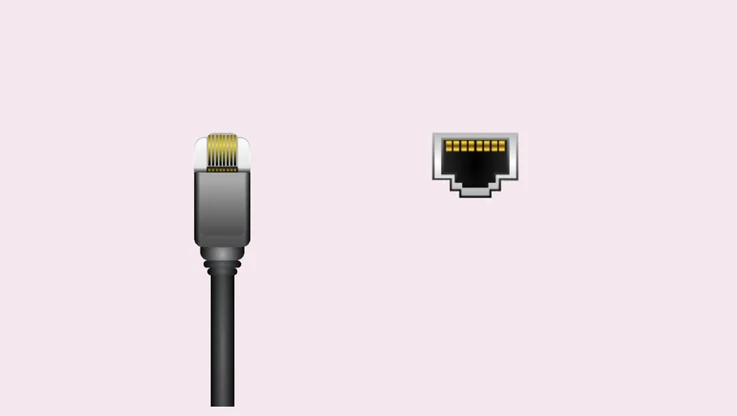
Connects your laptop or computer to the internet via cable.
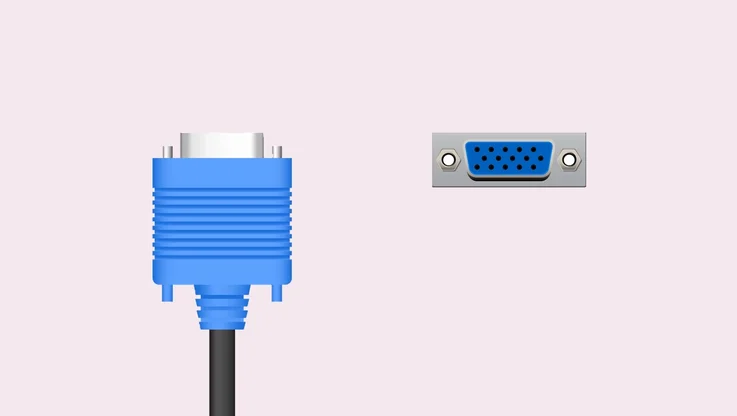
Connects older laptops or computers to a display device (e.g. monitor, projector or TV). Mostly replaced by USB-C, DisplayPort and HDMI.
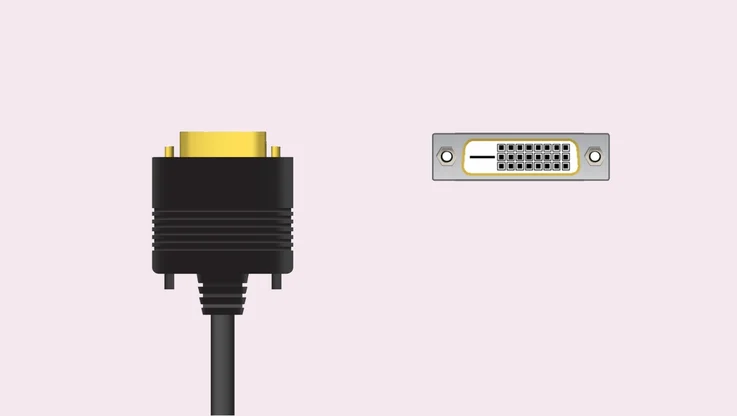
Connects older computers to monitors or projectors. Replaced by HDMI and DisplayPort from 2010s.
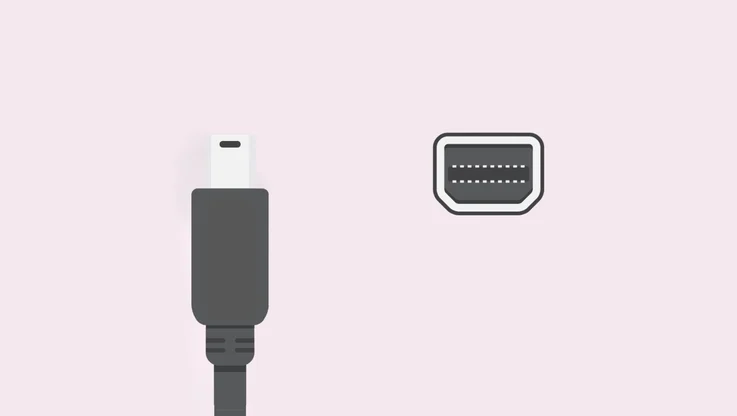
Connects older Apple laptops to monitors, particularly those released before 2018. Similar to HDMI
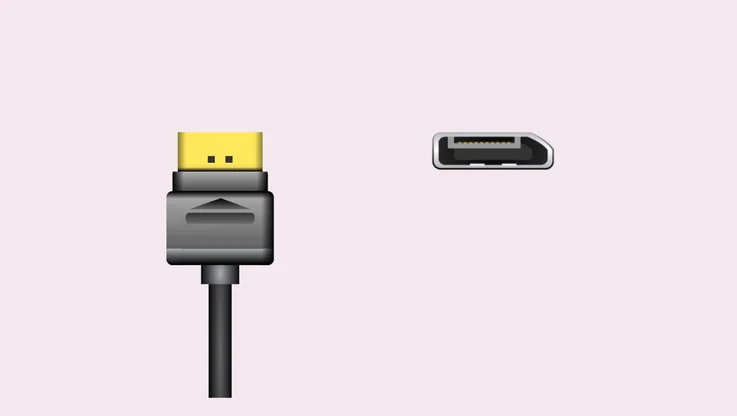
Connects computers to monitors. Similar to HDMI
Use cable ties to store cables to avoid tangling and prolong their life. Recycled copper is better than newly mined ‘virgin’ copper as it uses much less energy, and carbon emissions to produce.
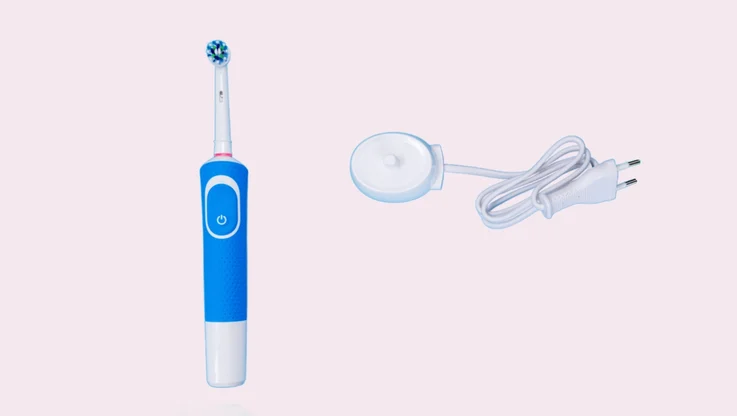
Charges electric toothbrushes.
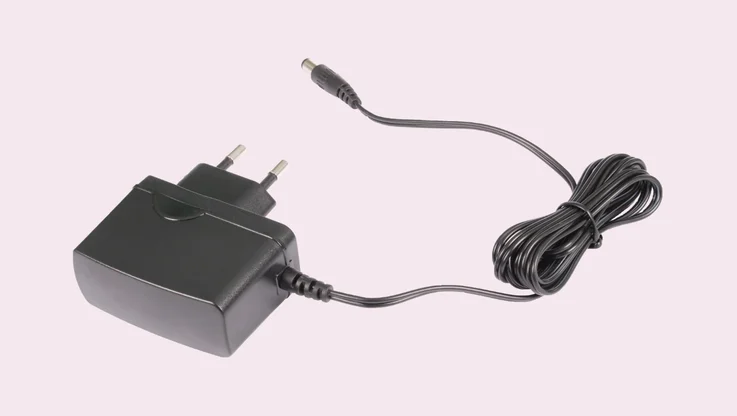
Charges electric shavers.
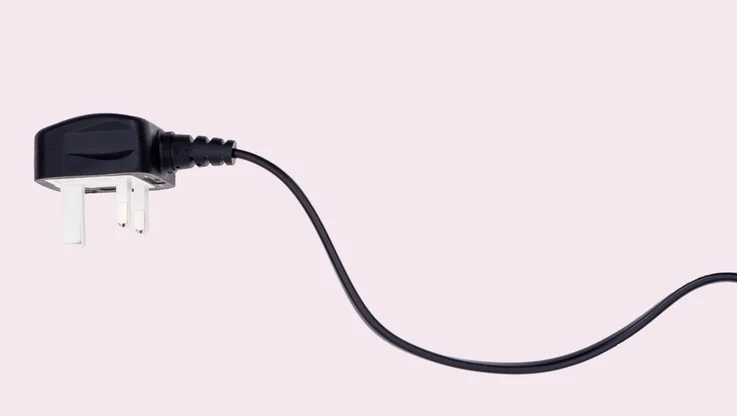
Extends the reach from a plug or electrical outlet.
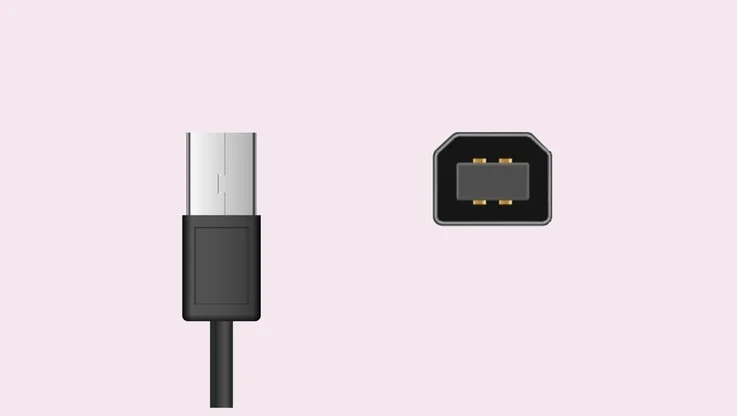
Often used for older printers and hard drives. Being replaced by the newer USB-C connector.
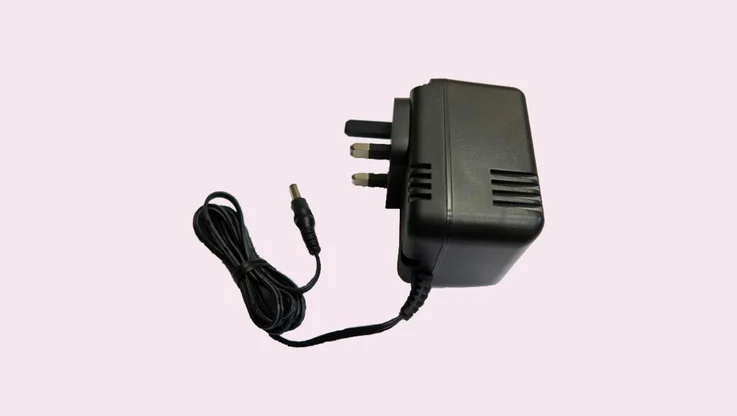
Powers a range of electricals from laptops, game consoles and radios. And small home appliances like vacuum cleaners and fans.
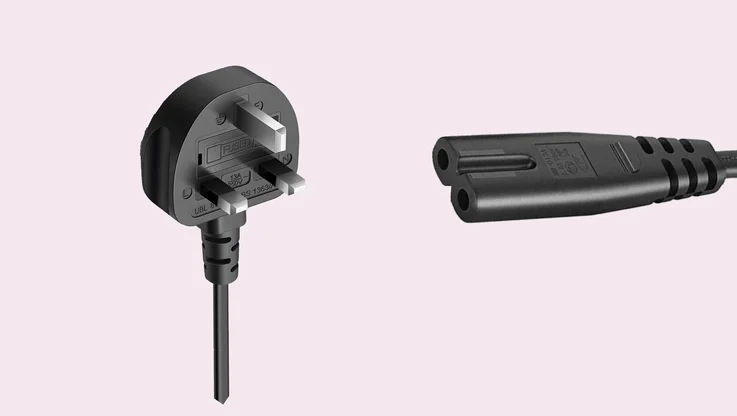
Connects devices like shavers or other household electricals to a power outlet.
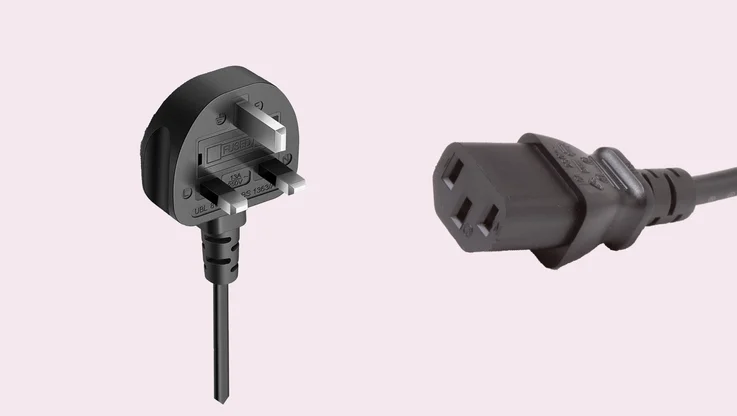
Connects households electricals like computers, monitors, or kettles to a power outlet
New EU law means USB-C will be the standard connector for all tech by end 2024. Say goodbye to your old cables and chargers!

Charges most newer laptops and will soon be the standard for all new tech.
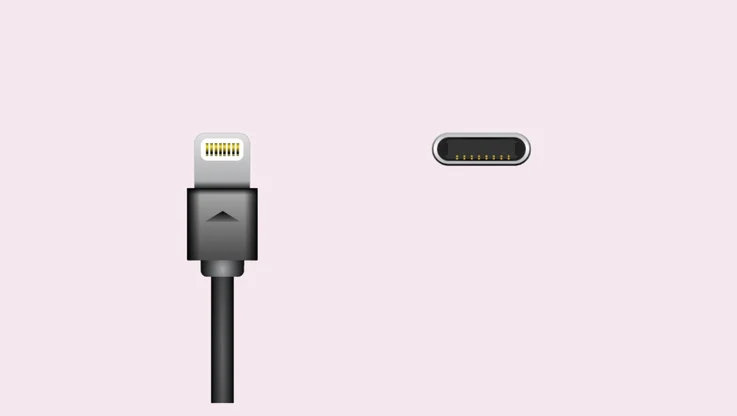
Charges Apple devices made between 2012 and 2023. All new Apple devices from 2023 will use USB-C chargers.
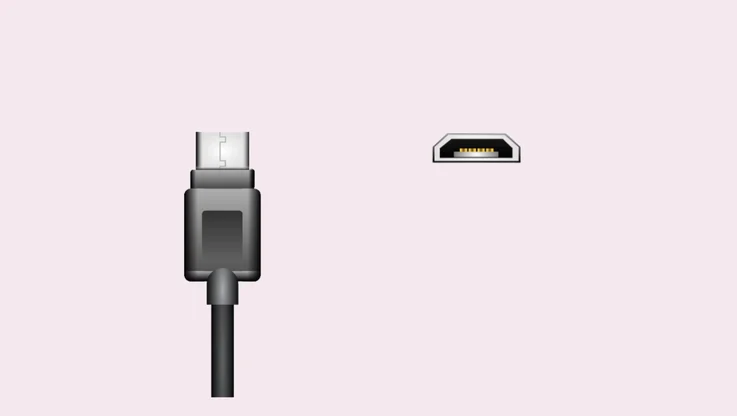
Charges older Android devices and small electricals, particularly those released before 2020.
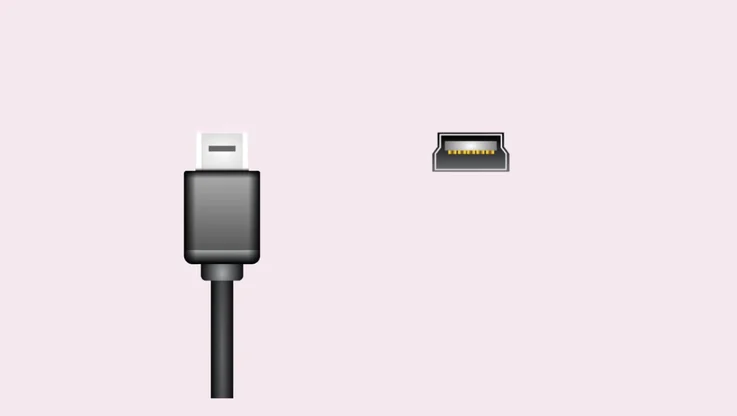
Charges older phones and tablets. Replaced by Micro USB from 2010s.
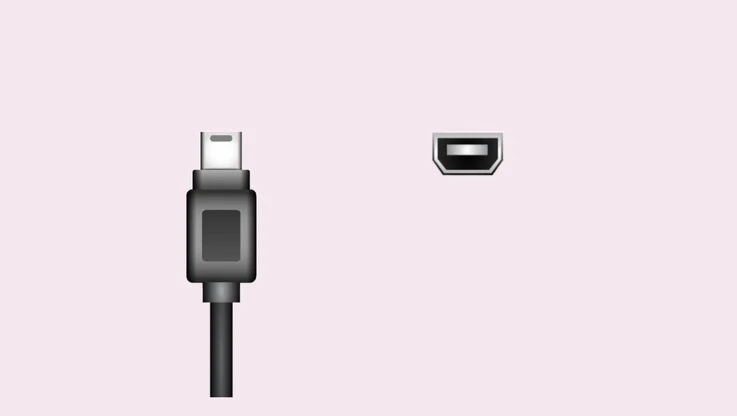
Charges Apple devices or connects them to monitors or storage devices (such as hard drives or SSDs). Older thunderbolt cables that use the Mini DisplayPort connector have been replaced by the newer models using the USB-C connector.
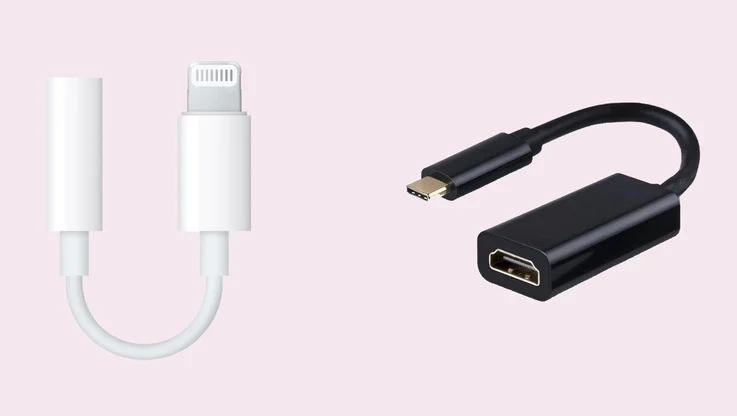
Converts one type of connector into another, allowing different devices to connect. For example, a USB-C to HDMI adapter lets you connect a computer with a USB-C port to an HDMI display.
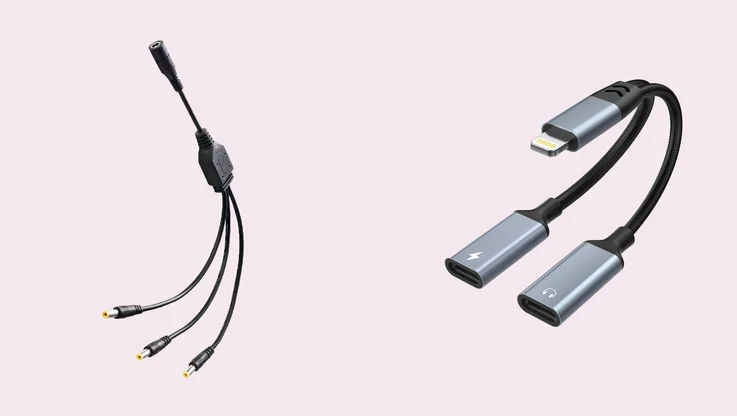
Divides one input into multiple outputs, allowing you to connect several devices to the same signal source, such as audio, video, or WIFI connections.
Struggling to let go? If you haven’t used it in over a year, you likely don’t need it.

Connects your TV to games consoles, laptops and DVD players.

Connects your TV to the internet.
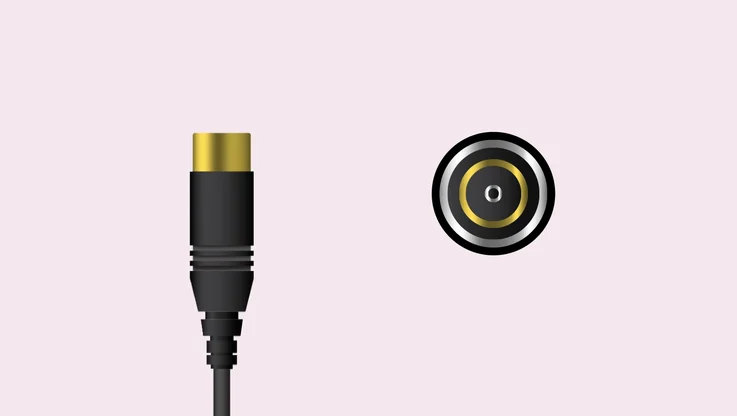
Connects older TVs to the aerial to receive live TV. Most TVs now moving towards HDMIs or fiber-optic/ wireless internet streaming.
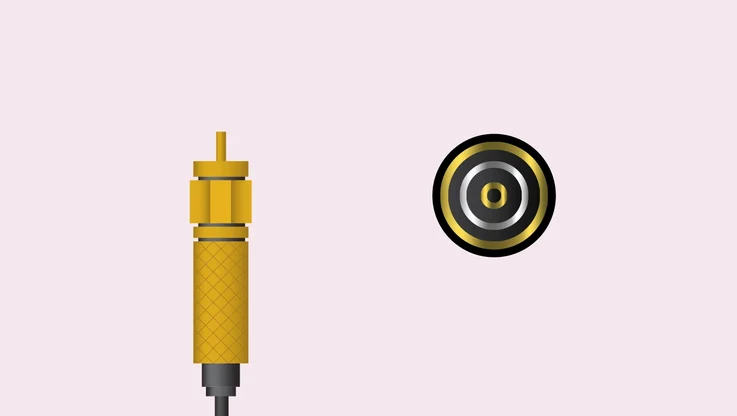
Connects your TV to satellite or cable devices. The rise of streaming platforms and digital content means you’ll be less likely to need a coaxial F-type cable in future.
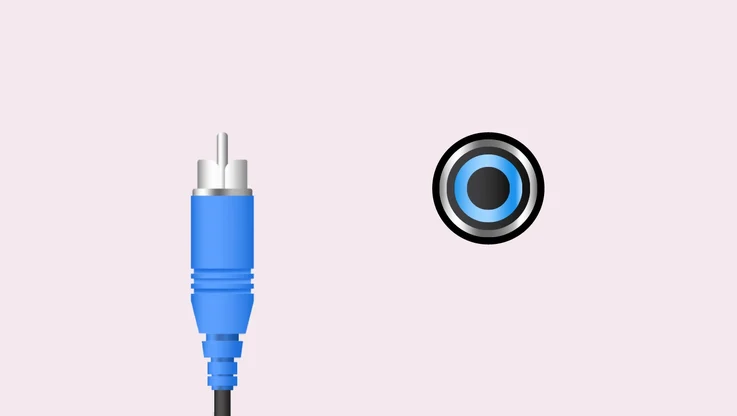
Connects older TVs to DVD players; comes as a 3-part cable. Most new DVD players, Blu-ray players and HDTVs use HDMI so unless you still have your old TV or DVD, you probably don’t need these any more.
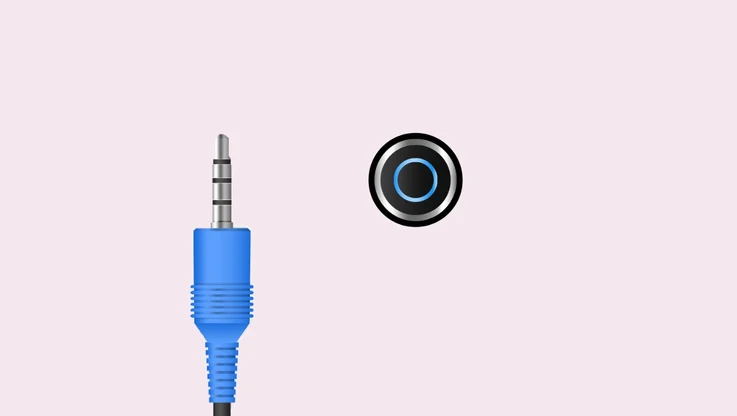
Connects older TVs to videos and DVD players (to play the picture and sound); comes as a 2-part cable. Mostly replaced by HDMI.
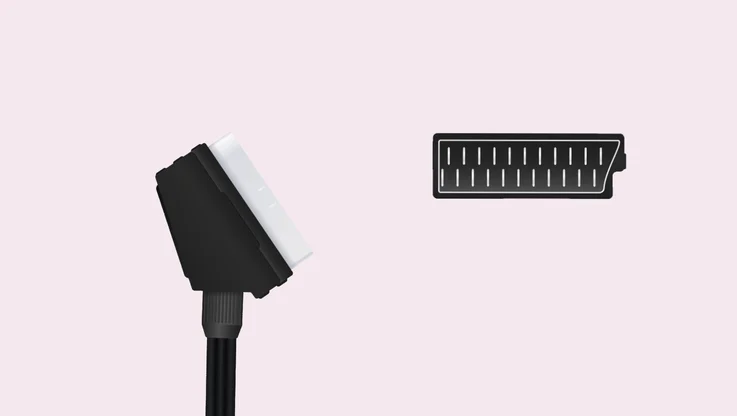
Connects TVs to older video and DVD players (to play the picture and sound). Mostly replaced by HDMI cables.
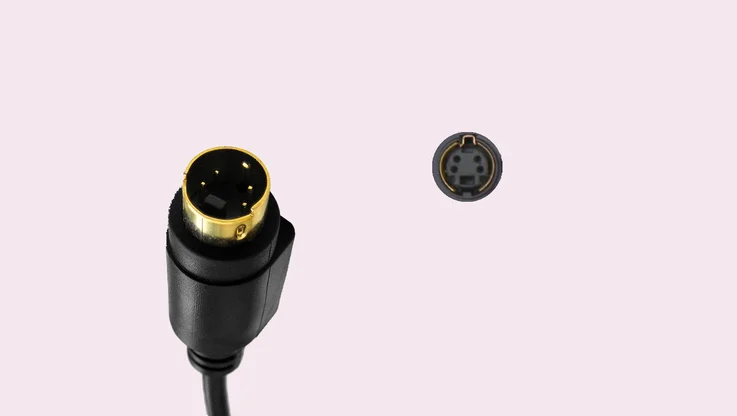
Connects TVs to older video andDVD players, game consoles, projectors and camcorders. Mostly replaced by HDMI. Retrogamers still use these sometimes.
Try donating your cables using apps like NextDoor, Olio or Freegle. If not, recycling them still means precious copper can be reused.
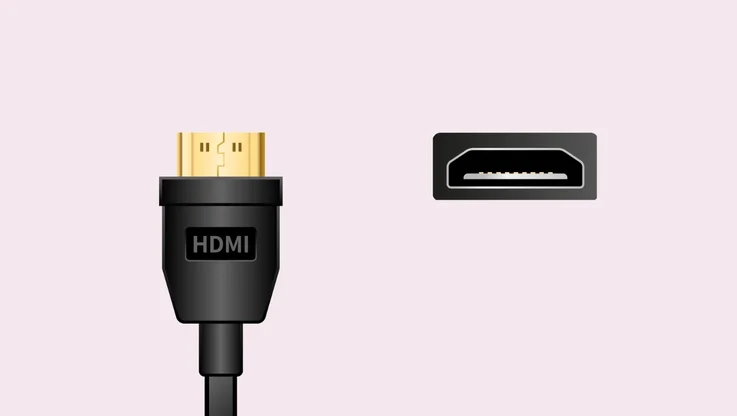
Connects cameras and camcorders to the TV for video playback. Still widely used, especially in mid- range to high-end models.USB-C will replace these as the new standard
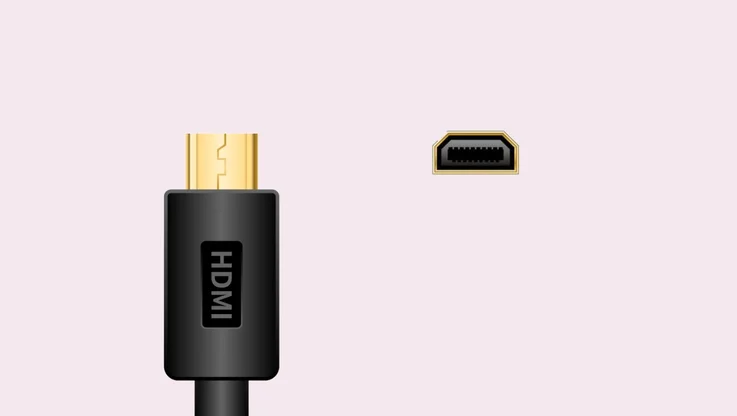
Connects action camera (e.g. GoPros), some DSLR and smaller digital cameras to TVs. Still widely used but USB-C will replace these as the new standard.
Use cable ties to store cables to avoid tangling and prolong their life.
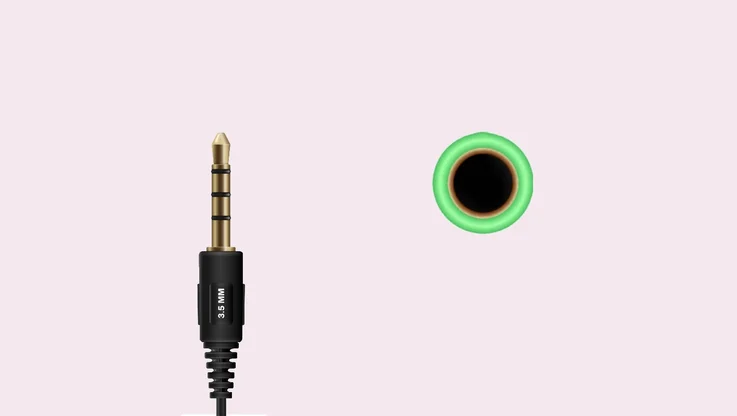
Connects headphones to older smartphones, laptops, gaming and audio equipment. Still widely used but is being gradually replaced by USB-C and Lightning cables in newer smartphones.

Connects in-car audio systems or headsets to your phone, g-aming equipment, laptop, cameras and audio equipment.
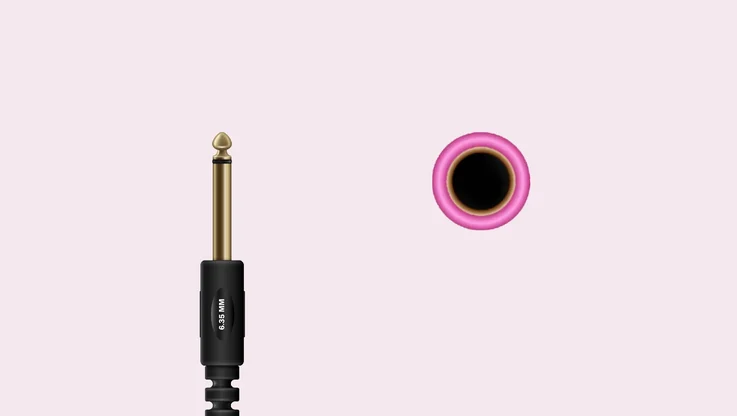
Used for high end audio equipment like guitars or professional speakers.
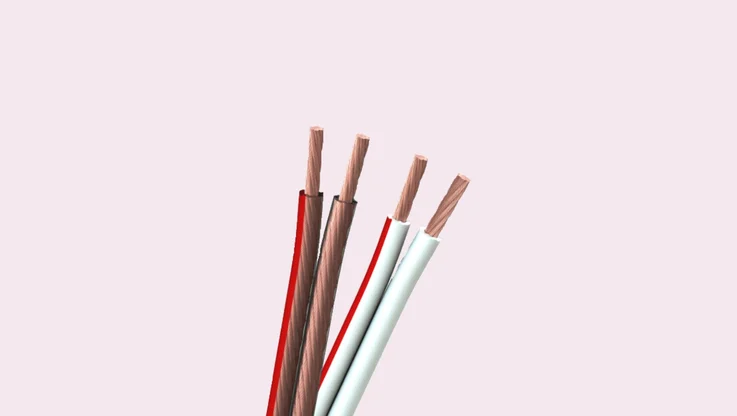
Connects to amplifiers and speaker setups.